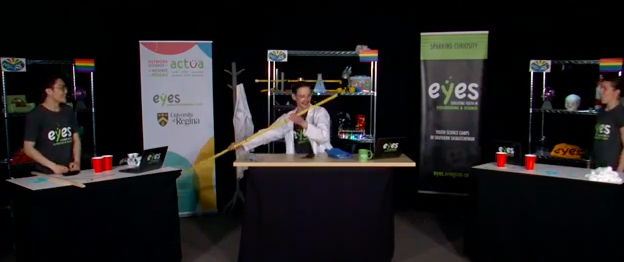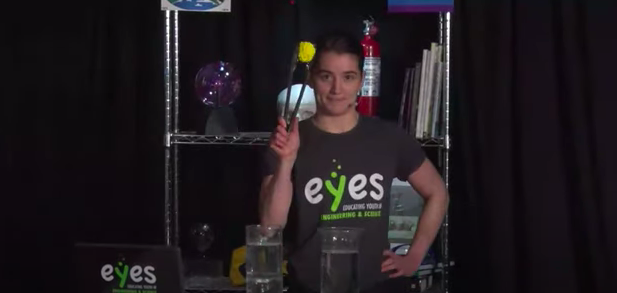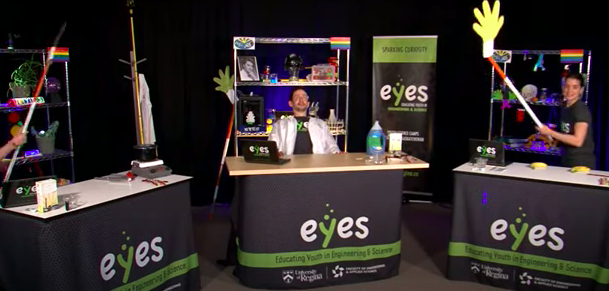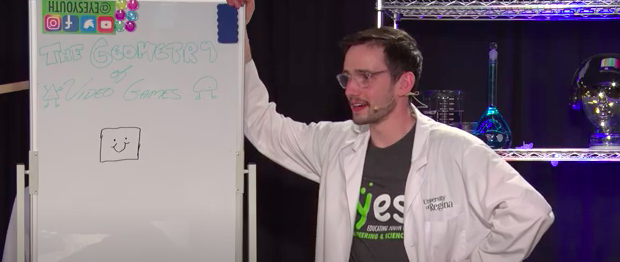
by creator | Nov 26, 2020 | Recommended Reads
In a “post-truth” era where people are increasingly influenced by their emotions and beliefs over factual information, fact and fiction can be difficult to distinguish, and fake news can spread rapidly through mainstream media sources and social networks. Moreover,...
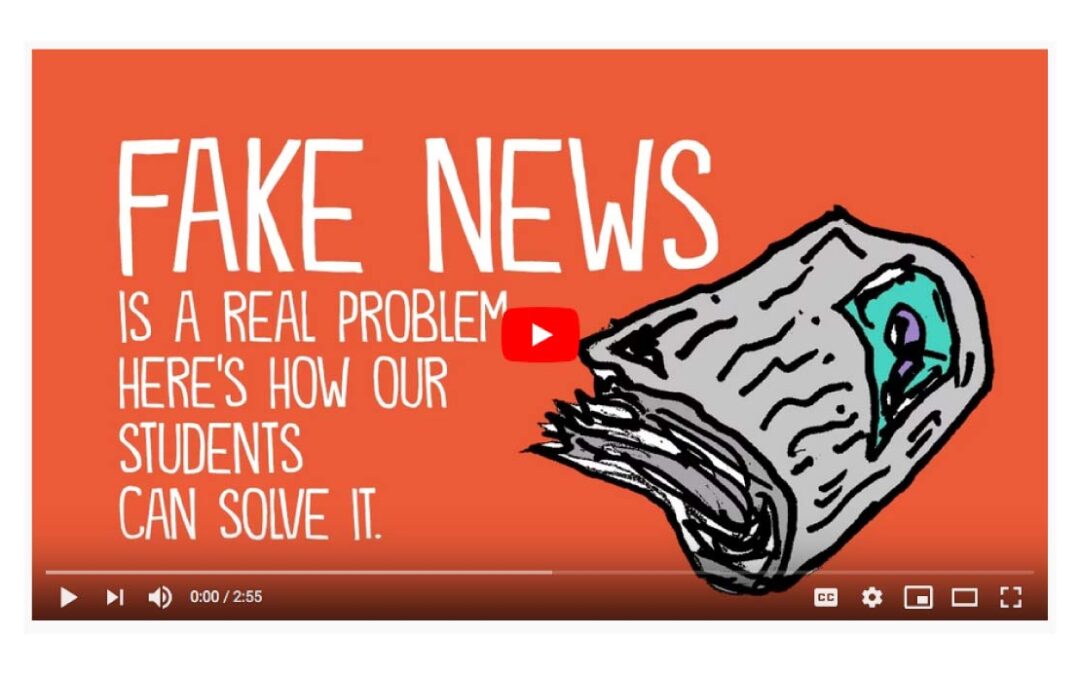
by creator | Nov 26, 2020 | Recommended Reads
With digital tools, it is easier than ever to create, edit, and publish your work to the world. But there’s a cost. It’s also easier than ever to spread misinformation. And fake news has become a real issue in recent times. We see this with students. According to a...
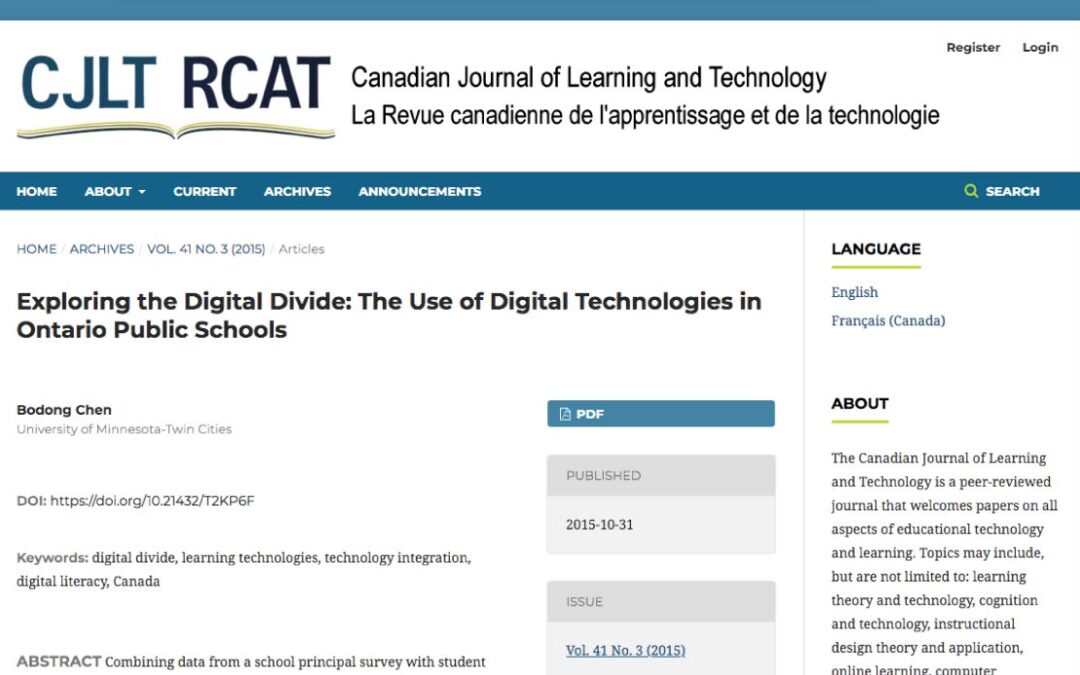
by creator | Nov 26, 2020 | Recommended Reads
Combining data from a school principal survey with student demographics and achievement data, the present study aimed to develop a much needed understanding of Information and Communications Technology (ICT) use in Ontario’s K-12 public schools. Results indicated...
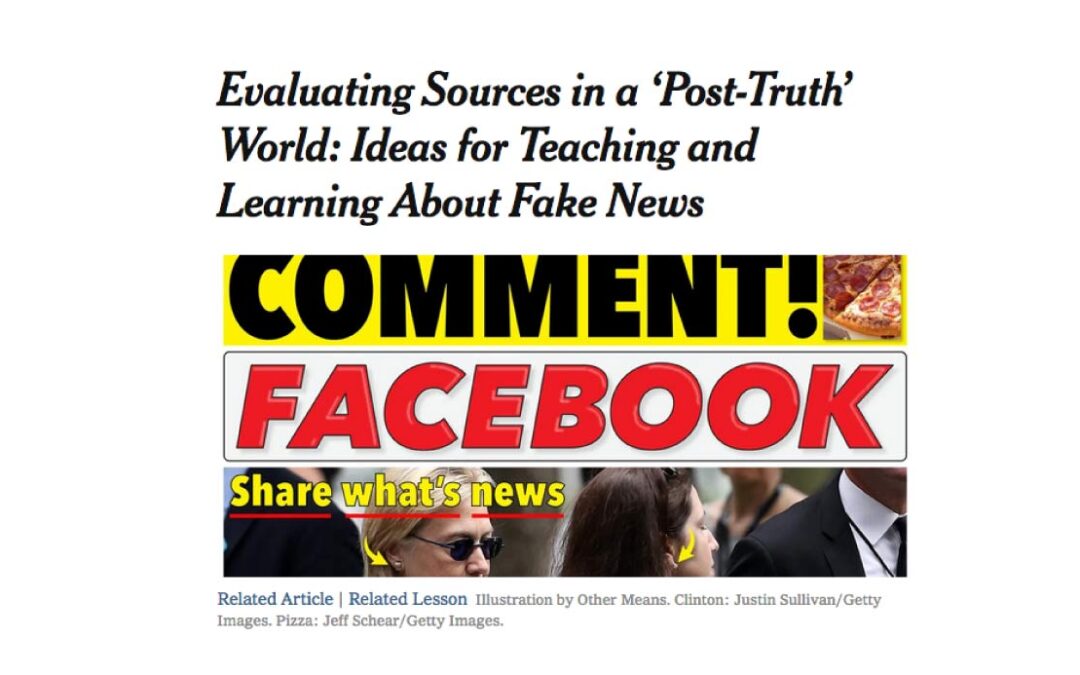
by creator | Nov 26, 2020 | Recommended Reads
Back in 2015, when we published our lesson plan Fake News vs. Real News: Determining the Reliability of Sources, we had no way of knowing that, a year later, the Oxford Dictionaries would declare “post-truth” the 2016 word of the year; that fake news would play a role...
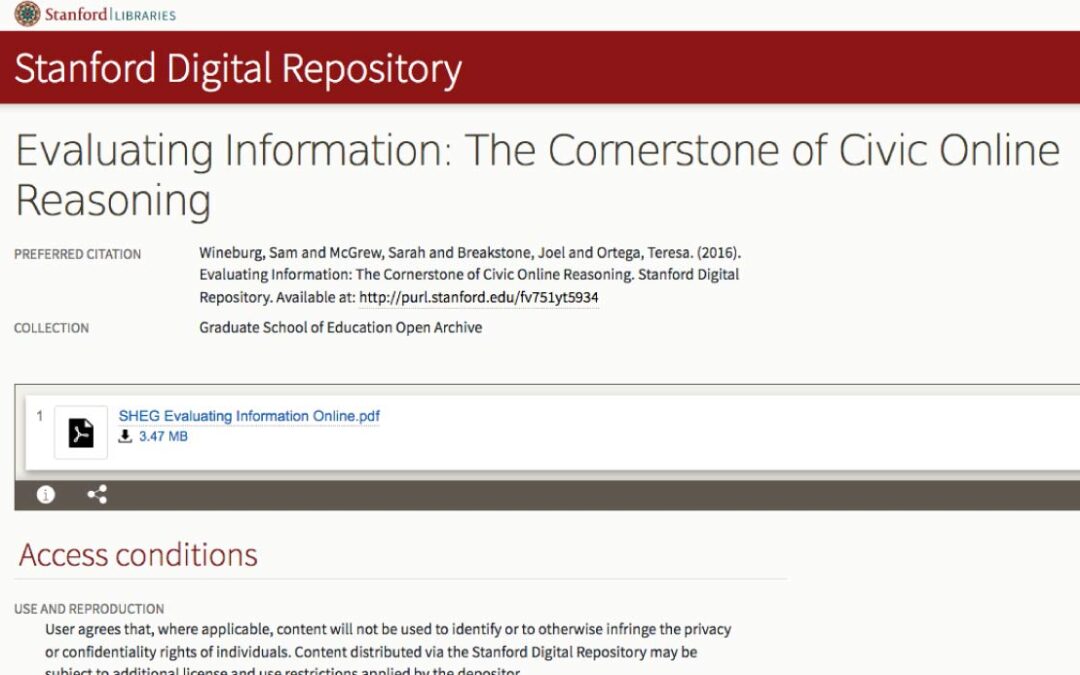
by creator | Nov 26, 2020 | Recommended Reads
Over the last year and a half, the Stanford History Education Group has prototyped, fieldtested, and validated a bank of assessments that tap civic online reasoning—the ability to judge the credibility of information that floods young people’s smartphones, tablets,...
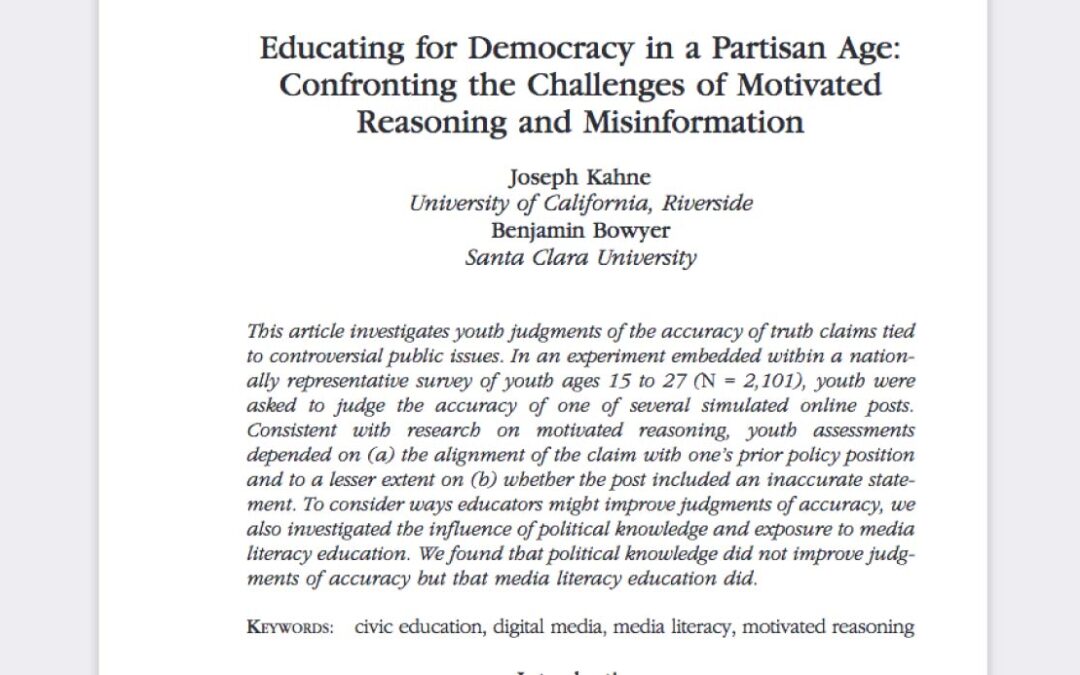
by creator | Nov 26, 2020 | Recommended Reads
This article investigates youth judgments of the accuracy of truth claims tied to controversial public issues. In an experiment embedded within a nation-ally representative survey of youth ages 15 to 27 (N= 2,101), youth were asked to judge the accuracy of one of...









